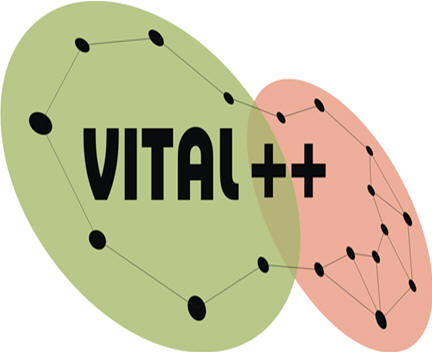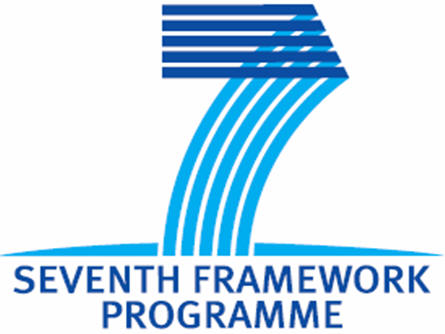Current Status
Description of the performed work since beginning of the project – Main results achieved so far
The main output regarding Workpackage 2 is:
• the evaluation of existing Peer-to-Peer clients and their feature set,
• the investigation on the usage scenarios and penetration of Peer-to-Peer clients over Europe with respect to the transported data volumes,
• the description of the current state of the art in IMS technologies including the latest standardisation activities,
• the investigation on the interfaces of Peer-to-Peer clients and their usage in the context of IMS,
• the final choice of a small set of clients and the specification of the necessary Client adaptations in order to meet the IMS demands.
The main output of Workpackage 3 is the VITAL++ architectural components, namely:
• Content-Index, that is currently being implemented and interfaces are already described. Also example message flows are depicted.
• P2P-Authentication sub-architecture with a prototype under development.
• P2P-Overlay management, where the client supports P2P media distribution, and remains the development of the server side.
• Content-Security with the use of DRM technologies. Message flows for obtaining licenses and authorization information have been provided.
Moreover, the adopted clients (MONSTER by Fraunhofer and the client from BCT) have received numerous adaptation and updating (e.g., support for a client-based distributed hash table (DHT) has been integrated on a P2PSIP concept, GUI has been adapted and extended for VITAL++ scenarios).
Workpackage 4 is more focused on particular tasks and synchronises its output with the work performed within WP3, namely:
• Created an Authentication Architecture for Vital++ in collaboration with Work Package 3.
• Developed an Auditing and Accounting model for VITAL++.
• Design of SoftMix prototype service.
• Design and simulation of autonomous content-distribution algorithms for efficient delivery of multimedia content throughout the VITAL++ overlay.
• Design of the VITAL++ Content Protection Subsystem.
Workpackage 5 is mainly involved with the integration of the various architectural elements (SA) developed during the run of the project, with the aim of giving birth to a shared common Vital++ testbed, which will be the result of the interconnection of the local testbeds initially made available by consortium’s partners. In this final common testbed, experiments were to be carried out in order to ensure the proper working of the final system and validate the concepts that constituted the rationale of the project.


